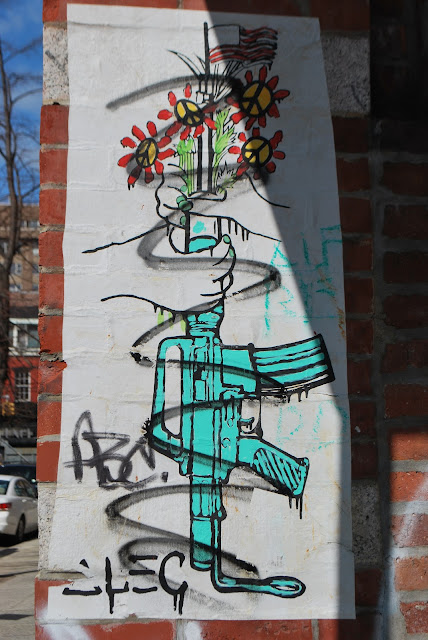Hello and welcome back to Discovering Art and Art History. There are many important players that make up the art world. I’ll skim the surface for you today and we will look at them closer in the weeks to come. This is in order to start everyone on the same page and so I stay organized. If you have any questions, or if I left someone out, please comment below and I will respond. I always find the discussion of art to be the most fun!
Artists are the backbone of the art world, clearly. There are many different types of artists – illustrators and graphic designers make up a large portion of artists employed by companies to help create advertising, branding and media campaigns. They also work for companies like Pixar and create the virtual world of animated film and video games.
Traditional artists who work in media like sculpture, painting, drawing, photography, and print, also find work from museums and galleries to create exhibitions or by building relationships within the industry. For example, they might be represented by a dealer who sells their work and takes a commission. If you ask your friends, you might be surprised to find you probably know an artist. Ask them how they make their living or what type of work they prefer. You might even ask them to see their studio or to purchase a piece of their work.
The art object is what the artist creates for the viewer to consume. Thinking about this reminds me of the question, “What is art?” Traditional art objects are things like paintings and sculpture. Today, art objects also include experiences and performances. Art can be divided into categories such as decorative art, fine art, craft, and books and manuscripts. With each new media produced, controversy creates discourse about the virtues of art.
The viewer is as important as the artist and the art object. The viewer is the whole reason for making art! Art is made to be looked at and to be experienced. It's important to note that the intended audience changes over time and from object to object and should be considered when trying to look at a piece in context and determine its meaning.
The function of an art museum is to preserve the history of the art, promote scholarship, and educate the public. Creating a public space for the everyday person to look at art is an enlightenment idea that developed out of the French Revolution during the 18th century. To keep this post relatively simple, after the revolution the Louvre was converted from the king’s castle to the museum we know it as today. It was a symbolic gesture towards democracy.
Today there is controversy over whether art museums are still relevant to contemporary life and whether the public finds art that is non-representational and self-reflexive, to be meaningful.
Art dealers sell art. They are like the retail stores of the art world and they are the means by which many people purchase art. They know the art markets’ ins and outs and have a direct relationship with artists. As a purchaser, having a healthy rapport with a dealer will help you develop your taste and collection. In addition to selling art, they offer appraisal services.
Because art is such a subjective commodity, the market for it is also subjective. Basically, things are worth as much as people are willing to pay for them. Often, un-educated purchasers are taken advantage of by unscrupulous dealers. Not only that but some dealers don’t fairly compensate the artist for their work, which has given many an untrustworthy reputation. But not all dealers are dirty dogs. I will introduce you to a few who are making great strides to provide their clients with high quality objects for fair prices.
Auction houses are the wholesalers of art. If a dealer does not purchase work directly from the artist, they generally buy it wholesale from the auction house. Auction houses get works of art from individuals, dealers, and estates and offer them for sale in auctions. Specialists working in auction houses lead the market in terms of determining the value of artworks. They establish prices and have to judge the value, if they are wrong then the work fails to sell or is undervalued, etc. The exciting part about the auction is that once the auctioneer starts, the outcome is left in the hands of the bidders. Auction houses also offer appraisals with the intent of offering the property for sale.
Art education is essential from grade school and beyond, we need it to be enlightened citizens. Its important not only to learn how art is made and to create it but to understand the history of the world through the objects. They are a direct link to the past and to the present. In addition, the study of art and art history combines other educational disciplines such as anthropology, psychology, linguistics, history, and science.
Critics are a touchy one. They review or critique exhibitions, institutions, and individuals. A lot of people get annoyed with critics, because it's easier to talk about something than to actually do it. But I find them useful as they give feedback about the success of a show or if I can't go see something in person, their reviews are a great resource.





No comments:
Post a Comment